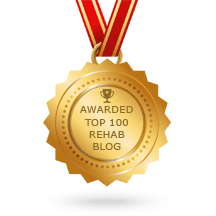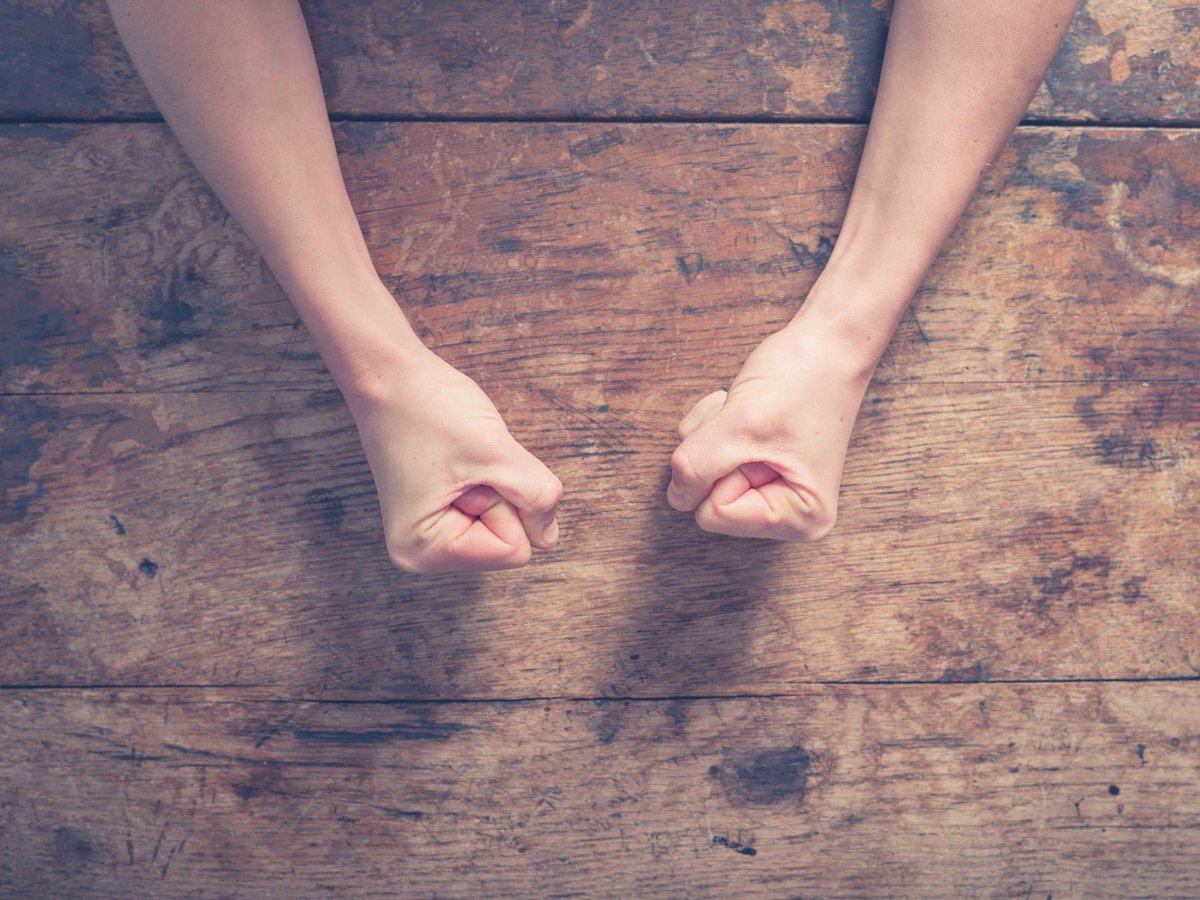
Alcoholism and anger go together in more ways than one. Most of us seem to know about the "angry drunk" caricature. Even caricatures can be based on truth.
Did you know that nearly 1 in 5 people with addiction issues have trouble controlling their anger?
It's true, according to the Substance Abuse and Mental Health Administration (SAMHSA).
But did you know that unaddressed anger can actually lead to alcoholism and addiction?
Understanding Anger and Addiction
When you don’t know how to feel, express, and release your anger in a healthy way, you catalyze a painful internal experience, which sets you up for alcoholism, substance abuse and other addictions.
It all starts with your anger, and what happens when you push down that “off limits” emotion.
“How much more grievous are the consequences of anger than the causes of it.”
-- Marcus Aurelius, Roman Emperor
The good news is that once you understand this pattern, you can begin to do the work of healing and addiction recovery.
You can learn how to take down the internal walls you’ve put up around anger and thereby relieve the mental and emotional pain that leads you to use.
In this post, you’ll learn …
- The true relationship between anger and addiction
- What underlies anger, and how to heal from the underlying cause
- How anger turned inward causes significant mental and emotional health issues
- What you need to know if you’re experiencing anxiety and panic
- How to break the addictive cycle by learning to manage your anger wisely
The Cycle of Anger and Alcoholism
Why do we do the things we don't want to do?
Why do we keep drinking or using even when we want to get sober?
In our non 12 Step rehab, we help people stop drinking and doing the things they don't want to do and start altering their lives for good. And learning about the relationship between anger and addiction is a great place to start.
Many of us need to learn how to manage anger and how to heal from it, how to feel it and then let it go and move on. Often what manifests as alcoholism or other forms of addiction comes back to an inability to feel or to manage your anger.
This is a visual that we use in our program. It's called the Anger, Hurt, Loving model.
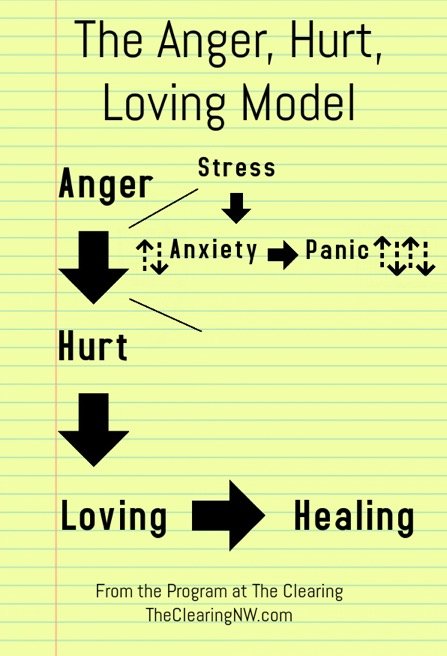
Principle #1: Hurt Underlies Anger
The first principle is that whenever we feel anger, there is a hurt that's present that underlies that anger.
Beneath every feeling of anger there is a hurt that is present. You might have been dealing with anger for years and not understanding that the reason it won't go away is because you haven't healed the underlying hurt.
Social scientist and author Dr. Martha Beck says that anger arises when something we need is absent or something that we cannot tolerate is present.
Either way, we feel hurt, because if we don't have what we need then we're hurting, and if we're in the presence of something that is painful and intolerable to us then we're hurting. So, beneath anger there is hurt.
Principle #2: Beneath Hurt There is Loving
The second principle of this model is that beneath hurt there is loving.
This might not feel as intuitive, but one of the reasons that our hurts persist so tenaciously is because there is a part of us that wants them to be healed. There is a part of us that knows that we need to be able to take care of ourselves and we need to give ourselves care in order to heal.
There's a power inside of us that cares for those hurting parts, and that is part of why they're so persistent, because they want to be healed.
They want our attention.
Principle #3: Apply Love to Hurt to Heal
You might be thinking, “That sounds really great and everything, but how do I do that?”
Things happen and blocks come up. The first thing that happens is that we get a ton of messages that say that we are not allowed to express or feel our anger.
Particularly for women in this culture, anger is very taboo. Many of us got messages as children that it was not nice or it was not good to feel or express anger.

As a result of all of those messages that we internalized from various sources, we put up an internal wall around our anger.
That's represented by that diagonal line on the diagram. We block it off. We feel anger and we say, "Nope, not going there. Not feeling that anger.”
Depression Is Anger Turned Inward
When we have that internal wall between us and our anger, that's when we start to experience depression.
We actually define depression as "anger turned inward." Depression may feel like numbness, helplessness, despair, but it begins with the experience of not allowing ourselves to feel our anger.
The anger feels like too much, and guess what?
Our heart feels like too much too.
We don't want to feel our hurt, so we cut ourselves off from the hurt too. We add another diagonal to our model. We've put up these two internal walls, and our emotional energy is trapped.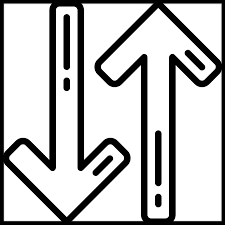 Our emotions get trapped between our unfelt anger and our unfelt hurt, and they start bouncing up and down. They start going back and forth.
Our emotions get trapped between our unfelt anger and our unfelt hurt, and they start bouncing up and down. They start going back and forth.
They're trying to get out but consciously or subconsciously we think, "Nope, I’m not going to feel that here, I’m not going to feel that there."
That bouncing up and down experience is what we refer to as anxiety.
It's that feeling like you're coming out of your skin.
It's because you're not willing to feel those emotions, that anger and that hurt, and your energy is getting trapped.
In the Anger, Hurt, Loving model, anxiety is depicted by the up and down arrows between the anger that we refuse to feel and hurt that we refuse to feel.
Panic Attacks, Anxiety and Addiction
What happens when we add stress to this scenario?
[Stress is an extra arrow coming down from the top in the model].
What happens when something hits our life and things go a little crazy?
The anxiety revs up. We think, “Oh my God, I'll lose my job or I'll lose my family. Oh no.” 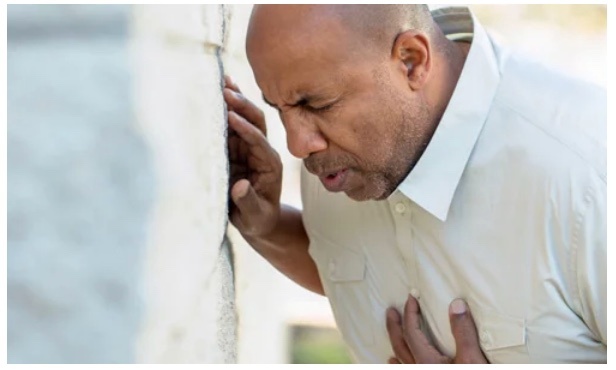
If you’ve ever experienced a sudden surge of overwhelming anxiety and fear then you’re familiar with the feeling of having a panic attack. Your heart pounds, you can’t breathe, and you may even feel like you’re dying or going crazy.
Panic is an acceleration of anxiety.
A panic attack is an intense wave of fear characterized by its unexpectedness and debilitating, immobilizing intensity. Panic attacks often strike out of the blue, without any warning, and sometimes with no clear trigger.
A panic attack may be a one-time occurrence, although many people experience repeat episodes. Recurrent panic attacks are often triggered by a specific situation — especially if that situation has caused a panic attack before. Usually, the panic-inducing situation is one in which you feel endangered and unable to escape, triggering the body’s fight-or-flight response.
Panic can feel like a death sentence. It feels very, very scary when you're hyperventilating and you can't breathe, but it’s helpful to look at this and remember that panic is just accelerated up anxiety.
It's a more intense version of what you've already been experiencing.
When we have this panic and anxiety, we have all of this energy inside of us, and it feels awful. It feels so uncomfortable, like we're coming out of our skin.
So what do we do?
We often turn to alcohol, opioids, or other substances in order to do something to help us feel better.
The Way Out of Alcoholism and Addiction
That “something to help us feel better” looks different for different people.
Some people drink a lot.
Some people take drugs.
Some people do a lot of shopping. Some people work way too hard. They work themselves into the ground. Some people have a lot of sex. Some people gamble away their life savings.
The point is, we pick a behavior to try and ameliorate that intense experience of discomfort within ourselves that happens when we put up these walls.
We feel bad, so we check out.
But the way out is not to simply work on these behaviors. The way out is to take down these internal walls.
That's where this whole addictive cycle starts in the first place!
If you don't have these internal walls:
- then you don't have the anxiety;
- you don't have the panic;
- you don't feel so horrible; and
- you don't engage in excessive drinking or drugs and do things that you don’t want to do.
The key is to allow yourself and learn how to let yourself feel your anger in a healthy way, to feel your hurt in a healthy way.
The key is to take care of those feelings within yourself, to be your own friend, to be your own counselor. That is what helps you to heal; that is what actually breaks the addictive cycle.
Break The Addictive Cycle Starting Now
Many of the folks we work with in our non 12 steps rehab see this model and their faces light up. They say, "This is the story of my life. This is what's been happening."
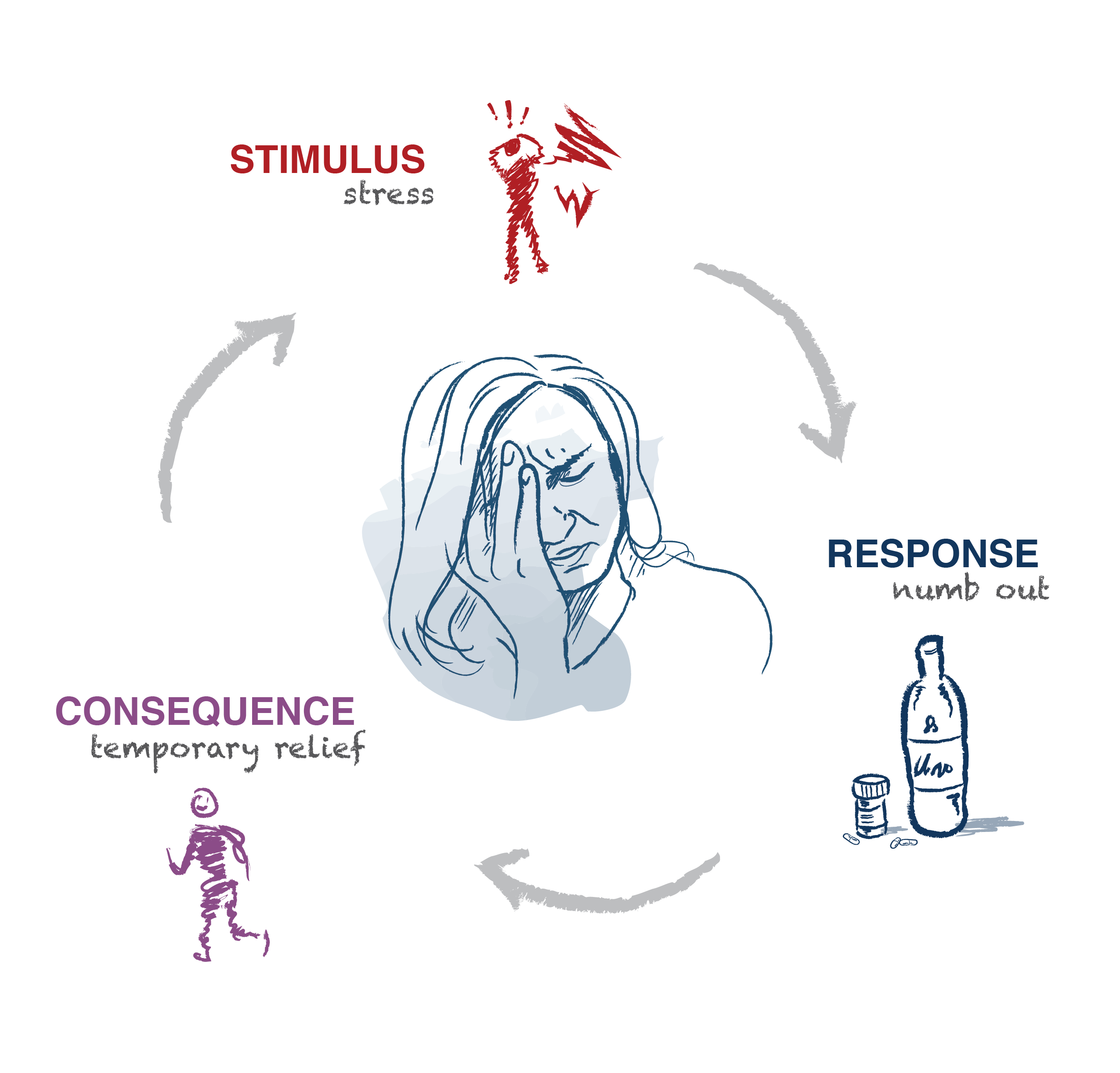 So, remember that when you don't express your anger and when you don't express your hurt - when you cut yourself off from those feelings - that's when you start the addictive cycle.
So, remember that when you don't express your anger and when you don't express your hurt - when you cut yourself off from those feelings - that's when you start the addictive cycle.
Learn More About What Drives Addiction
The addictive cycle doesn't start with using alcohol or drugs.
It starts way before that, with the underlying core issues, the anger, the anxiety, and the depression. Those are the things that lead to alcohol and other substances.
Download our Free eBook:
Download E-Book Healing Core Issues
Get Confidential Help Now:
We're here to help. Call us at (425) 275-8600. All calls are confidential.


